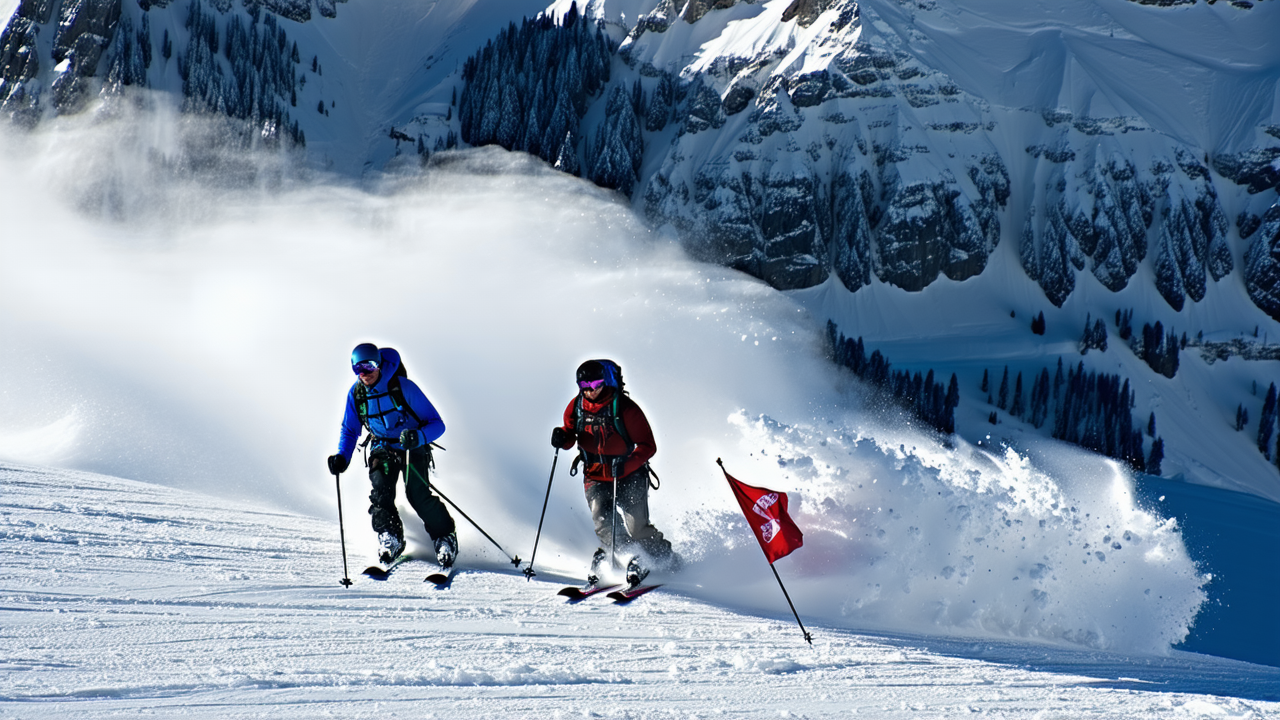‘Extremely Lucky’: Skiers Freed After Being Buried in Mt Ruapehu Avalanche
‘Extremely Lucky’: Skiers Freed After Being Buried in Mt Ruapehu Avalanche
Six skiers narrowly escaped a life-threatening situation on Friday when an avalanche buried them on Mt Ruapehu. Miraculously, all were freed within ten minutes with no injuries reported, according to the New Zealand Avalanche Advisory (NZAA).
The incident occurred during a ski tour in the mountain’s backcountry near Glacier Knob. The NZAA reported that the avalanche was approximately 50 metres long and 50 metres wide, with a depth of 40 centimetres. Four of the six skiers were partially buried, while one had only their face and arm free, and another was completely buried with only their hand protruding from the snow.
In a critical moment, an airway was carved out of the snow for the completely buried individual within two minutes of the avalanche, allowing for their eventual rescue. The NZAA confirmed that all six skiers were freed within ten minutes, underscoring the importance of preparedness and quick action in such emergencies.
Mike Daisley, chief executive of the New Zealand Mountain Safety Council, emphasized the group’s “extremely lucky” escape. He urged skiers and backcountry enthusiasts to prioritize avalanche safety, especially as the season begins. Daisley highlighted the need for proper training, equipment, and checking avalanche forecasts before heading into the backcountry.
According to the Department of Conservation (DOC), avalanches can occur in Tongariro National Park in any season, but are most common between July and October. The NZ Avalanche Advisory currently rates the conditions for the area as “considerable,” advising visitors to remain cautious and conservative in decision-making.
In August 2024, three close calls involving avalanches near ski fields, including Mount Ruapehu, prompted the NZ Mountain Safety Council to issue a warning. Daisley reiterated that all slopes beyond ski field boundaries should be treated as backcountry terrain, regardless of their proximity to ski areas. He stressed that even near ski fields, the backcountry carries inherent risks that must not be underestimated.
This incident serves as a stark reminder of the unpredictable nature of mountain environments and the importance of following safety protocols. As more people venture into the backcountry, the need for education and awareness continues to grow, ensuring that such near-misses remain rare and that future skiers are better prepared for the challenges they may face.

This incident highlights the unpredictable nature of mountain environments and the importance of following safety protocols. As more people venture into the backcountry, the need for education and awareness continues to grow, ensuring that such near-misses remain rare and that future skiers are better prepared for the challenges they may face.
